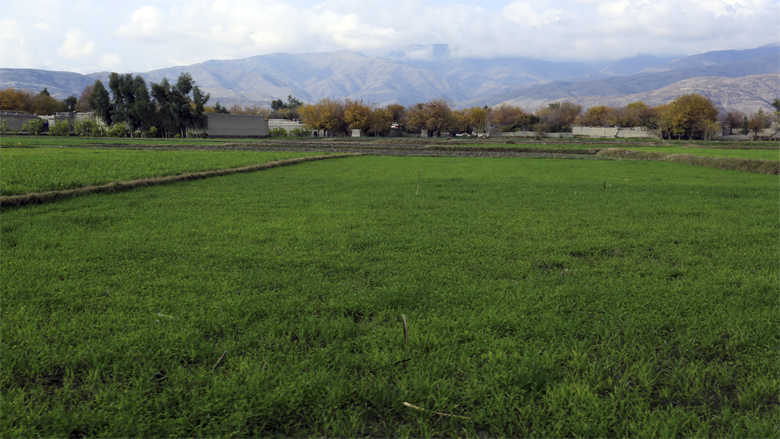Sitting in his small mud shop, Saleh looked out at a group of young students studying in the open. There were usually not too many customers at this time of the day and Saleh enjoyed his time looking at the view from his shop’s open door.
Life changed for Saleh, a resident of Nangarhar Province, when he started the provision shop.
His life took a turn for the better when the Afghanistan Rural Enterprise Development Program (AREDP) encouraged him and other villagers to set up saving groups and subsequently a Village Savings and Loan Association (VSLA), which provided loans to members from their pooled savings.
Saleh was among those villagers who took a loan in the early stages of the project. With the loan, he bought a cow. The extra income from selling dairy products soon enabled him to open his own shop. “It is all thanks to the support of the project that I have a shop, a cow, and can continue farming. I am even able to save money,” he added.
“Our program aimed to improve the financial status of families in multiple villages,” said Sayeed, at AREDP.
AREDP, a program of the Ministry of Rural Rehabilitation and Development (MRRD), was designed to increase the employment and income of rural men and women. The program, which closed in June 2018, aimed to mobilize rural communities to establish Savings Groups, Village Savings and Loan Associations, and Enterprise Groups to increase economic activity and improve livelihoods.
The program was supported by the Afghanistan Reconstruction Trust Fund (ARTF), managed by the World Bank on behalf of 34 donors, and the International Development Association (IDA), the World Bank Group’s fund for the poorest countries.

